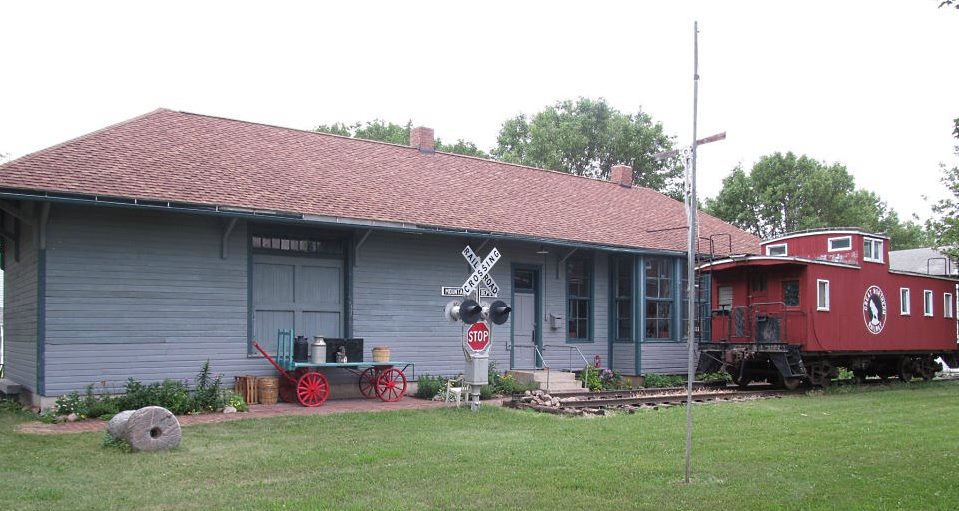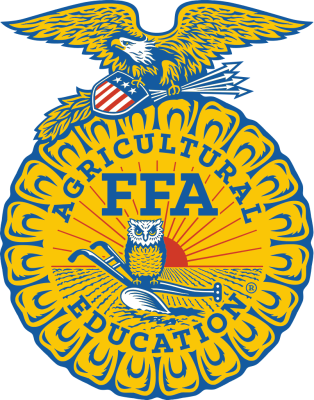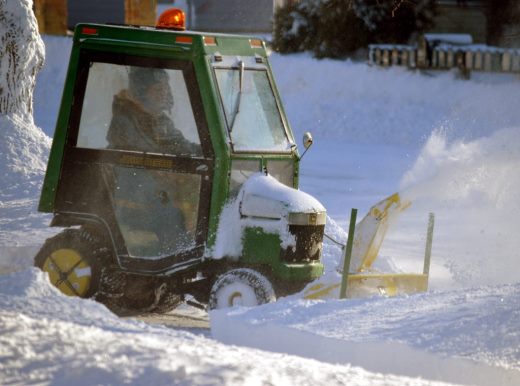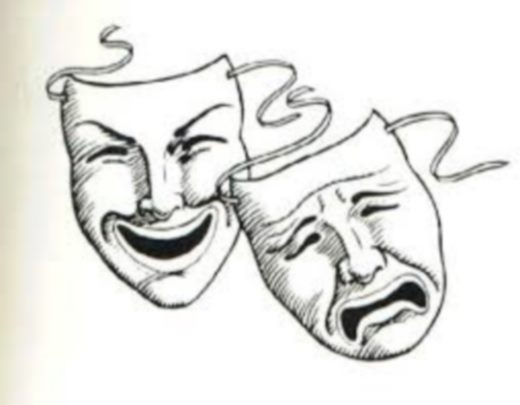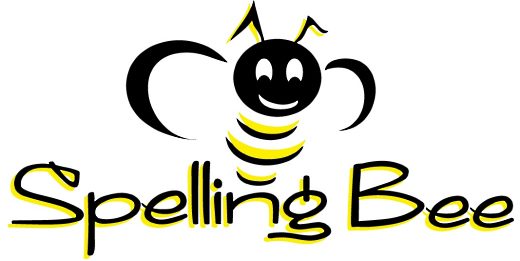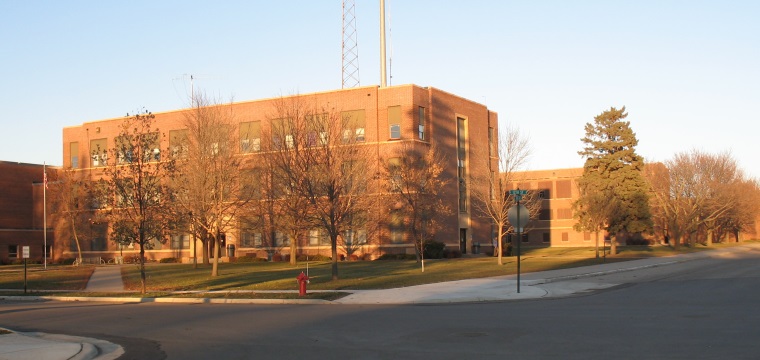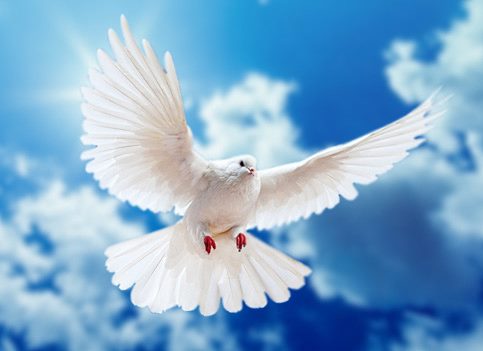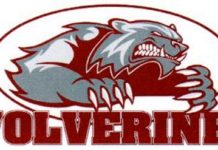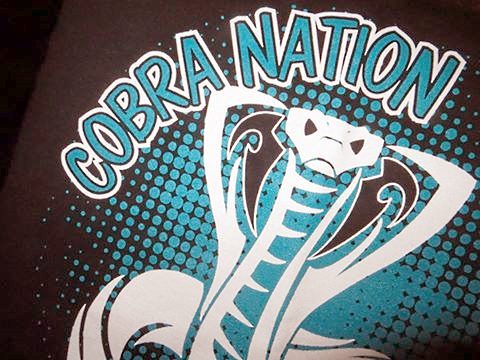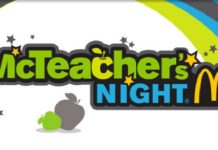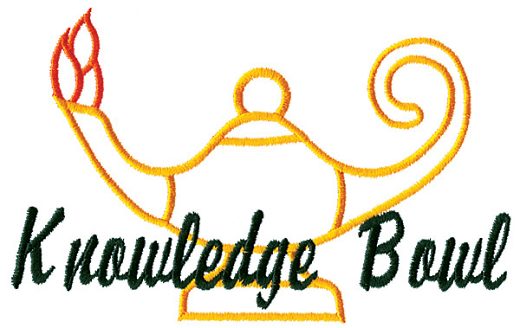Eight MLC students earns awards in 13th annual writing contest
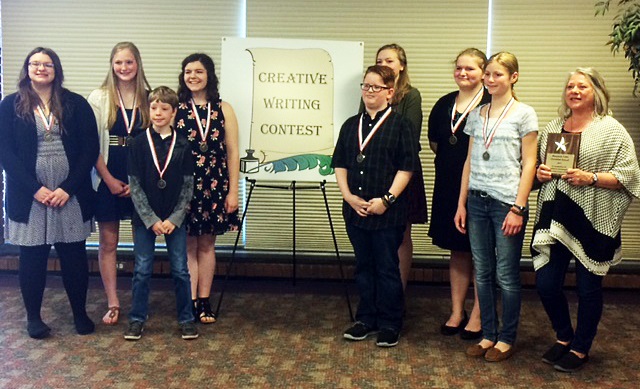
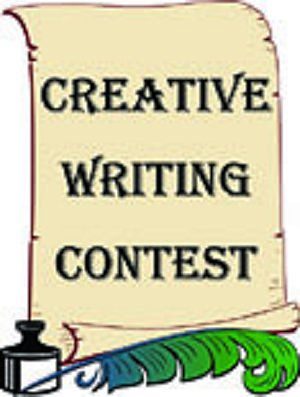 The 13th annual Creative Spaces Writing Contest came to its climax on Sunday, April 23, with the Creative Writing Contest Awards Ceremony for the top three place winners, their families and teachers. The event was held in the Conference Center on the Southwest Minnesota State University-Marshall (SMSU) campus. The keynote speaker was James D. Autio, an artist, educator and poet from the Twin Cities.
The 13th annual Creative Spaces Writing Contest came to its climax on Sunday, April 23, with the Creative Writing Contest Awards Ceremony for the top three place winners, their families and teachers. The event was held in the Conference Center on the Southwest Minnesota State University-Marshall (SMSU) campus. The keynote speaker was James D. Autio, an artist, educator and poet from the Twin Cities.
Southwest/West Central Service Cooperative (SWWC) and the SMSU Creative Writing Department partner to make this event possible. Students from  16 area school districts and many individual students participated in this year’s contest. There were 194 student participants, who submitted 284 entries. Students in grades 3-12, attending public, private or home schools within the 18-county area of southwest and west-central Minnesota. They can enter the contest through a classroom assignment or on their own. The categories included Poetry, Fiction and Creative Non-Fiction. Entries must be the student’s original work and previously unpublished.
16 area school districts and many individual students participated in this year’s contest. There were 194 student participants, who submitted 284 entries. Students in grades 3-12, attending public, private or home schools within the 18-county area of southwest and west-central Minnesota. They can enter the contest through a classroom assignment or on their own. The categories included Poetry, Fiction and Creative Non-Fiction. Entries must be the student’s original work and previously unpublished.
The goal of the Creative Spaces Writing Contest is to encourage the love of language and writing for all students and as a way to recognize the talented young writers in southwest and west-central Minnesota.
Medals were awarded to the top three finishers in each category in the following grade levels: 3/4, 5/6, 7/8, 9/10 and 11/12. First-place winners in all categories and grade levels were also awarded a $20 gift certificate to amazon.com. First-place 11th- or 12th-grade winners received a $2,000 scholarship to SMSU. Students also receive an anthology of the winning entries. A small reception was held after the awards.
Mountain Lake Christian (MLC) students won eight of the 15 available awards, earning the second year in a row an award for having the most medalists in the compeition. Accepting the award was MLC High School Language Arts Instructor Kim Friesen.
Individual winning writers for MLC were:
+ First Place –
- Summer Janzen, Fiction, Grades 9/10.
- Ethan Schroeder, Fiction, Grades 3/4.
+ Second Place –
- Regan James, Fiction, Grades 9/10.
- Kate Janzen, Fiction, Grades 7/8.
Third Place –
- Danica Dick, Non-Fiction, Grades 11/12.
- Rachel Sajban, Poetrey, Grades 11/12.
- Kylie Klassen, Fiction, Grades 9/10.
- Sam Petersen, Fiction, Grades 3/4.
“Writing is a focus area for us and I’m glad to see our efforts are producing dividends,” says Dr. Michael James, MLC Administrator. “I’m thrilled to see these students rewarded for their efforts.”
Entries are preliminarily judged by SMSU Creative Writing Program students, who score the entries according to a rubric. Each entry is scored by multiple student judges. The entries with the highest scores are submitted to the final judges, faculty in the SMSU Creative Writing Program:
- Poetry – Professor Steve Pacheco.
- Fiction – Professor Judy Wilson.
- Non-Fiction – Ruthe Thompson.
Explanations of the three categories are as follows:
- Poetry (Grades 3-12) – What is Poetry? The language of imagination and feelings. Prose explains – and poetry sings – but it doesn’t have to rhyme. Poetry is precise, concrete, fresh, memorable and magical. A poem, like food, can feed us. It can be a peach, a pizza, a taco – or a four-course meal. But, it can also be popcorn or a candy bar. Always, poetry uses words as ingredients to let us taste, touch, see, smell or hear something in the world as if for the first time.
- Fiction (Grades 3-12) – What is Fiction? The art of storytelling. To build a good story, a writer needs: plot, characters, place or setting, point of view, dialogue, action and conflict. When we read a good story, we’re pulled into another world and leave this one far behind. We travel to different places in our imaginatio, and when we return, we often see our world with new eyes.
- Creative Non-Fiction (Grades 5-12) – What is Creative Non-fiction? An essay with real events and people that mattered or changed you: the day your pet chicken died, that summer your best friend moved away. Characters, settings and events are true. The writer decides the best way to grab our attention, how to start, what elements of poetry to add as spice – images, metaphor, simile – and what elements of fiction to add zing – characters, place, dialogue. This genre is popular because we read it and think, “Wow, this really happened to someone else, but I feel like I was there!”


